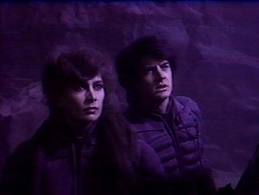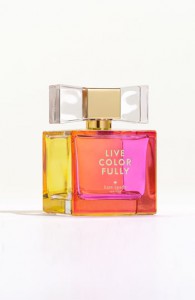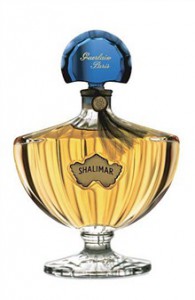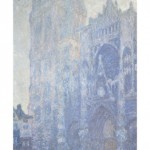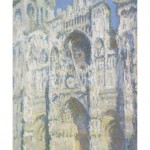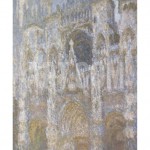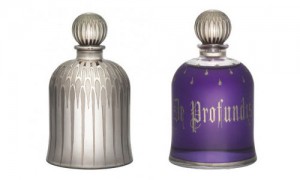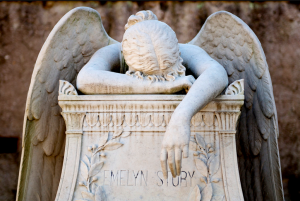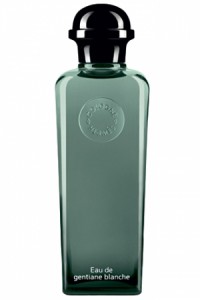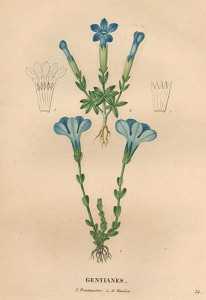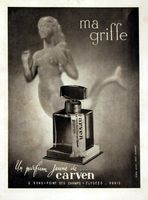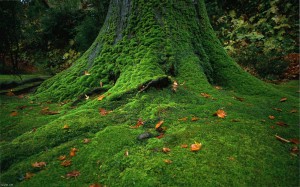Lubin – Cuir de Russie
Lubin is one of the oldest perfume houses in continual existence. The company was founded by Pierre Francois Lubin in 1798, when he began creating scented products for members of high society and notoriety alike. Lubin, like Guerlain, was esteemed with recognition from the Imperial Court of the Bonapartes and all the crowned heads of Europe thereafter. The firm was well-known for their perfumes and bottles alike, with flacons designed by Julien Viard and Maurice Depinoix and special, luxury editions from Baccarat. The firm created a strong presence in the United States commencing in the 1830s and were especially well-received in the South where many families traced their origins back to France. The firm remians in existence today and Olivia Giacobetti is the current fragrance designer.
Of the four Cuir de Russie’s reviewed, Lubin’s interpretation of the leather theme is perhaps the most literal. I was fortunate enough to come upon a vintage sample courtesy of a fellow collector. The stopper on the bottle had been stuck for some time, allowing for good preservation of the perfume, which had condensed into an almost syrup-like consistency. After some careful engineering, the bottle finally revealed its beautiful contents.
The perfume’s opening had a medicinal, slightly hesperidic, herbal quality to it, alluding to perhaps some petitgrain and camphor notes. As the initial notes died down, the fragrance had an oily quality to it, reminiscent of fur. Based upon my first impression, I imagined that the perfume was going to be somewhat challening to wear, as it invoked visions of the oily fur of hides being prepared for leather production. Indeed, at first blush, I ascribed this perfume more for intellectual contemplation rather than actual use.
Here however, the fragrance took a distinct turn. The heavy quality of the opening dissipated, leaving just a hint of spice in its wake. What this revealed was the mildest, most realistic and unadorned leather scent of the three. The Lubin Cuir de Russie has neither the rugged, birch-tar bite of the Guerlain, nor the aldehydic florals of the Chanel. It is purely gorgeous, buttery leather, the kind that would be used to make fine gloves for a woman’s hands. As the fragrance dies down, there is a very slight floral quality to it, as though the lovely kid gloves had retained the slightest hint of scent from the wearer’s perfumed wrist.
Having had the good fortune now to sample various vintage Lubins, the house has a singular style to all of its scents which conveys a subtle refinement that is simply intoxicating. Where Guerlain always strikes me as the House of Passion, and Chanel as the House of Beauty, Lubin’s scents possess a quiet intellectualism that I find very appealing in their subtlety. Lubin’s Cuir de Russie is no exception.
Leather
Notes: Hesperidic Notes, Camphor, Fur, Oil, Leather Notes, Floral Notes,

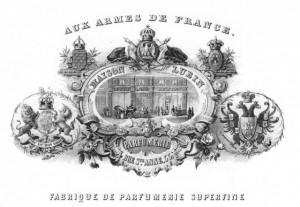
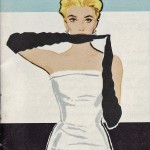


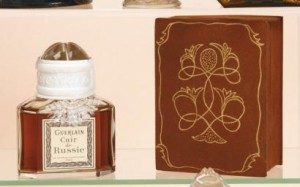


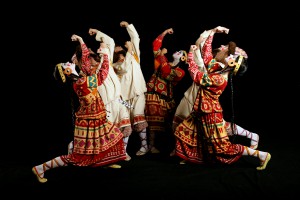
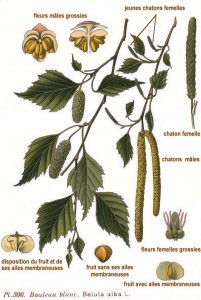
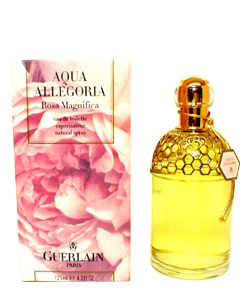
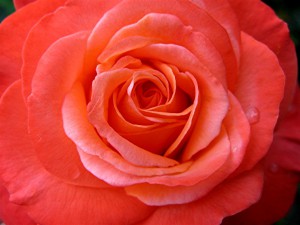
![christian-dior-dune-kristina-semenovskaya_thumb[3]](http://www.essence-quintessence.com/wp-content/uploads/2013/03/christian-dior-dune-kristina-semenovskaya_thumb3-214x300.jpg)
